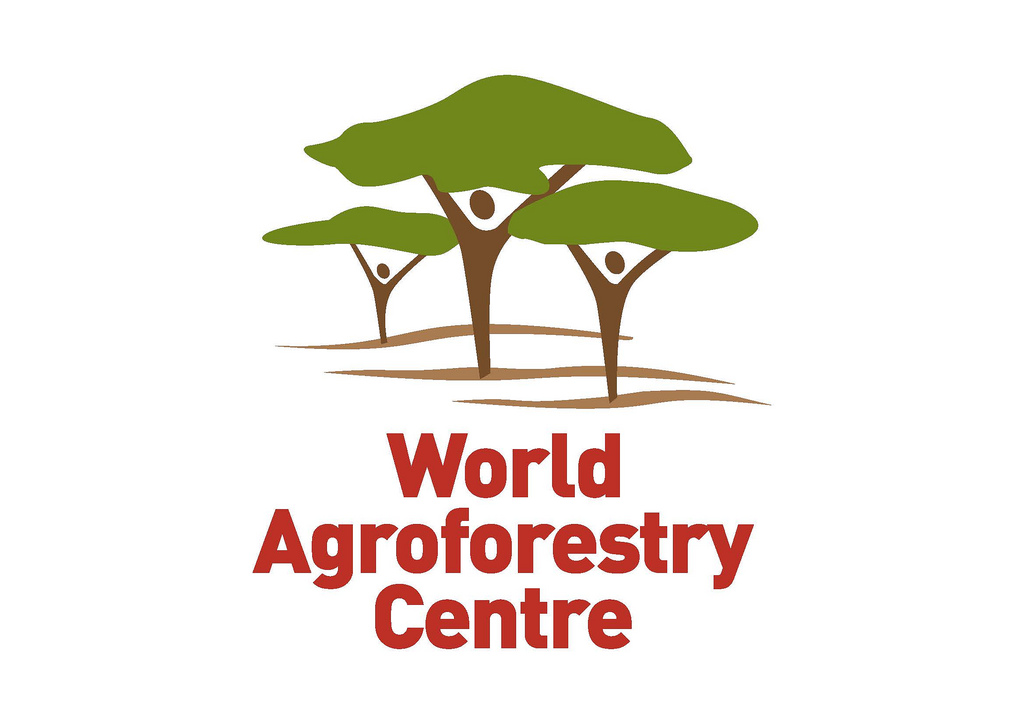Location
The World Agroforestry Centre (ICRAF) is a CGIAR Consortium Research Centre. ICRAF’s headquarters are in Nairobi, Kenya, with six regional offices located in Cameroon, China, India, Indonesia, Kenya and Peru.
The Centre’s vision is a rural transformation throughout the tropics as smallholder households increase their use of trees in agricultural landscapes to improve their food security, nutrition security, income, health, shelter, social cohesion, energy resources and environmental sustainability.
ICRAF's mission is to generate science-based knowledge about the diverse benefits - both direct and indirect - of agroforestry, or trees in farming systems and landscapes, and to disseminate this knowledge to develop policy options and promote policies and practices that improve livelihoods and benefit the environment.
The World Agroforestry Centre is guided by the broad development challenges pursued by the CGIAR. These include poverty alleviation that entails enhanced food security and health, improved productivity with lower environmental and social costs, and resilience in the face of climate change and other external shocks.
ICRAF's work also addresses many of the issues being tackled by the Sustainable Development Goals (SDGs) that aim to eradicate hunger, reduce poverty, provide affordable and clean energy, protect life on land and combat climate change.
Members:
Resources
Displaying 76 - 80 of 146Gender and forest, tree and agroforestry value chains - evidence from literature
The critical link between gender and forest and tree-based livelihoods is gaining recognition. A growing
Exploring niches for dairy intensification in smallholder farming systems in Malawi
Climate-smart landscapes: multifunctionality in practice
This book explores four central propositions on climate-smart and multifunctional landscape approaches: A) Current landscapes are a suboptimal member of a set of locally feasible landscape configurations; B) Actors and interactions can nudge landscapes towards better managed trade-offs within the set of feasible configurations, through engagement, investment and interventions; C) Climate is one of many boundary conditions for landscape functioning; D) Theories of change must be built within theories of place for effective location-specific engagement.






